On a hike through Berlin’s Grunewald forest, we were drawn to perhaps one of the city’s most idyllic cemeteries, the Grunewald-Forst cemetery, which is actually only known to Berliners as the “suicide cemetery” or “cemetery of the nameless”.
How did Berlin come to have a suicide cemetery?
The cemetery is located at Jagen 135, not far from the Berlin Havel. The course of the river has a bend at this point, which means that every now and then a corpse washes up there due to the current conditions and remains on the bank.

It is not always possible to determine the name of the deceased and many a body was that of a suicide. And this is where the difficulty began. Until the 19th century, suicide was still a mortal sin and the Christian churches did not allow burial in their cemeteries. But what was to be done with the bodies? The forestry administration in Grunewald could not get rid of the dead and had to make sure that they were buried.

In 1878/79, it was therefore decided to bury the dead in a clearing in the Grunewald forest. It did not take long for word to spread among the population that suicides could now find a final resting place in Grunewald. More and more people from all over Germany approached the head forester and asked to bury a relative there. It is even said that families secretly buried someone there so as not to be exposed to the “shame” of suicide. And it is even said that suicides committed suicide near the cemetery to spare their relatives the trouble of dealing with the cemetery authorities.

After the end of the First World War, victims of the war (soldiers, prisoners of war, civilians) were also buried in Grunewald. During our short tour of the cemetery, we also noticed the five wooden Russian crosses with Cyrillic inscriptions. They commemorate the burial of five Russians loyal to the tsar who had killed themselves out of grief over the Bolshevik victory and had then been rescued from the Havel.

What happened to the cemetery?
In 1920, after the founding of Greater Berlin, Grunewald belonged to the city of Berlin. The cemetery in the forest was now also the responsibility of the city. A cemetery independent of the church was quickly established in every district of Berlin. This made it possible to solve the problem of “non-church-compliant” corpses.

Until 1927, the cemetery in Grunewald was still used as a suicide cemetery. In 1928, a solid wall was built around the now almost 5,000 square metre site and a large entrance gate was installed. The grounds were maintained and became increasingly attractive for “non-suicide” gravesites.
After the Second World War, civilians who had previously been provisionally buried in Berlin’s parks were moved to Berlin’s cemeteries. In Grunewald, 60 individual graves and a collective grave for war victims were also created.
No new graves have been allocated at the cemetery since 2018. The decision was made to decommission the site after the expiry of the time limits in 2038 at the earliest.

Tour of the suicide cemetery
The signs in the middle of the forest showed us the way to the cemetery grounds. As we step through the large entrance gate, a sign tells us to please close the gate properly. Otherwise the wild boars would “attack” the graves.
Natural paths lead us through an overgrown cemetery. Although the graves here are also tidy along the paths, most of the graves have not been visited for a long time. Ivy is everywhere and nature has reclaimed its place.

There are gravesites of the nameless, gravesites of suicides and gravesites chosen by people who liked the place. For example, the Berlin grave researcher Willi Wohlberedt, who had a place reserved for him in the cemetery before his death. Head forester Willi Schulz (1881-1928) also found his final resting place in “his” Grunewald.

The poet Georg Heym is said to have loved visiting cemeteries. His works also describe eerie images, perhaps inspired by his visits to the cemetery. In 1912, Heym broke into the ice while ice skating and sank near Lindwerder. His body was later found under the ice and taken to the suicide cemetery. If his relatives had not identified him there, he would certainly have been buried in the cemetery in a grave of the nameless. But his family buried him in Fürstenbrunner Weg.

The graves of the most famous personalities to be found in the cemetery are the writer Clemens Laar, who committed suicide in 1960, and the grave of model, actress and singer Nico (rock band The Velvet Underground). Her grave is still visited by fans of the band today.
Address:
Havelchaussee 92B,
14193 Berlin
Opening hours:
7-20 h

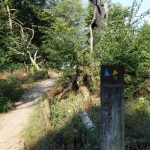





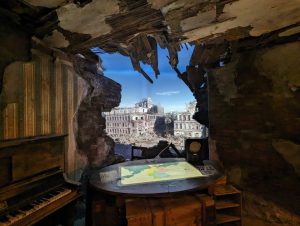






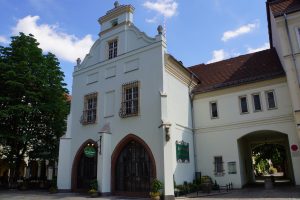

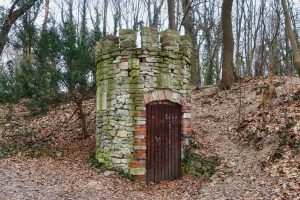
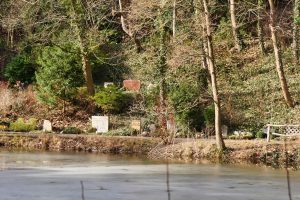
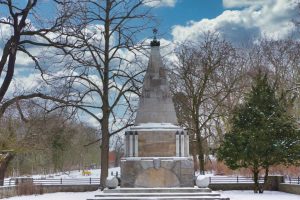





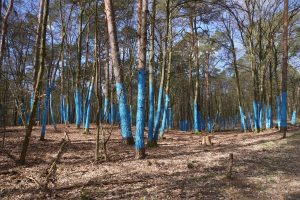




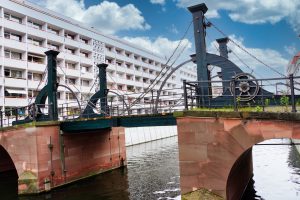
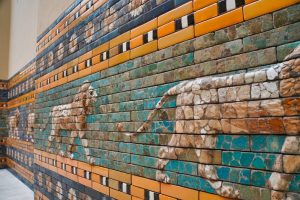



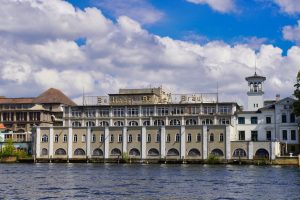









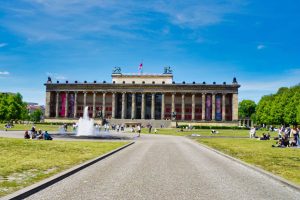





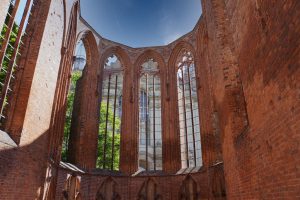

































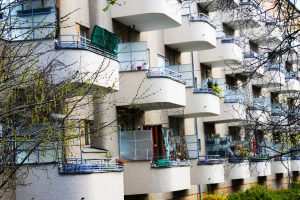










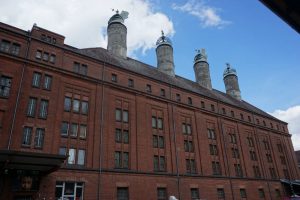





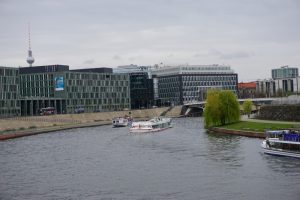









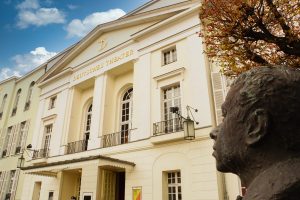


















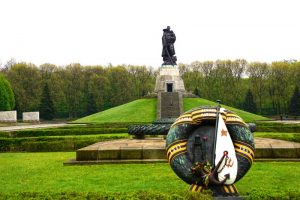














Leave a Reply